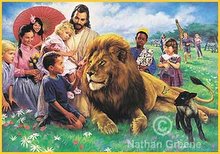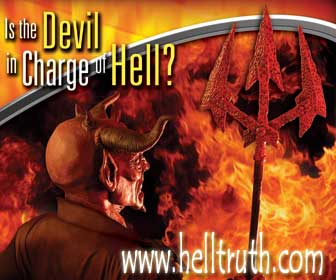Digging Sheds New Light on Magi
Some recent digging into the relics left behind used to recount the story of Jesus' birth in Bethlehem have been re-examined and some astonishing things have been discovered. Examination of the ancient manuscripts reveals that the story shown in many Nativity Sets may be in error. The first notable discrepancy is that regarding how many Wise men were present. Nowhere in the ancient texts does it reveal how many. The traditional Three Wise men seems to be based upon an assumption that each brought respectively gold, frankincense and myrrh. Yet the manuscripts do not tell us how many wise men actually came in search of the child. Another instance of assumption takes place when one recognizes that the wise men came from afar. They traveled from the east in search of the child having seen evidence of the star shining in the sky. In fact Herod asked them about the time they had first seen the star. Travel in those days was long and difficult. It is likely that the wise men did not arrive in Jerusalem for months and even years following Christ's first advent.
In fact, if one looks at the scenes depicted in many Nativity Sets one sees the presence of farm animals alongside the Magi. There is no mention of farm animals anywhere in the presence of the Magi when they arrive to see the boy King. Further evidence of the Magi's later arrival is supported by the fact that Herod, upon realizing that he had been eluded by the wise men, then ordered the killing of all male children under the age of 2. Surely if the child was just born then those under a few months or a few days of life would have been the subject of his murderous wrath rather than those up to a full two years. It is interesting to wonder about what other assumptions we have accepted as fact where there is no scriptural support for what really amounts to tradition rather than the Word of God.



1 comment:
Well aint that something. Never noticed that before. Thanks.
Post a Comment